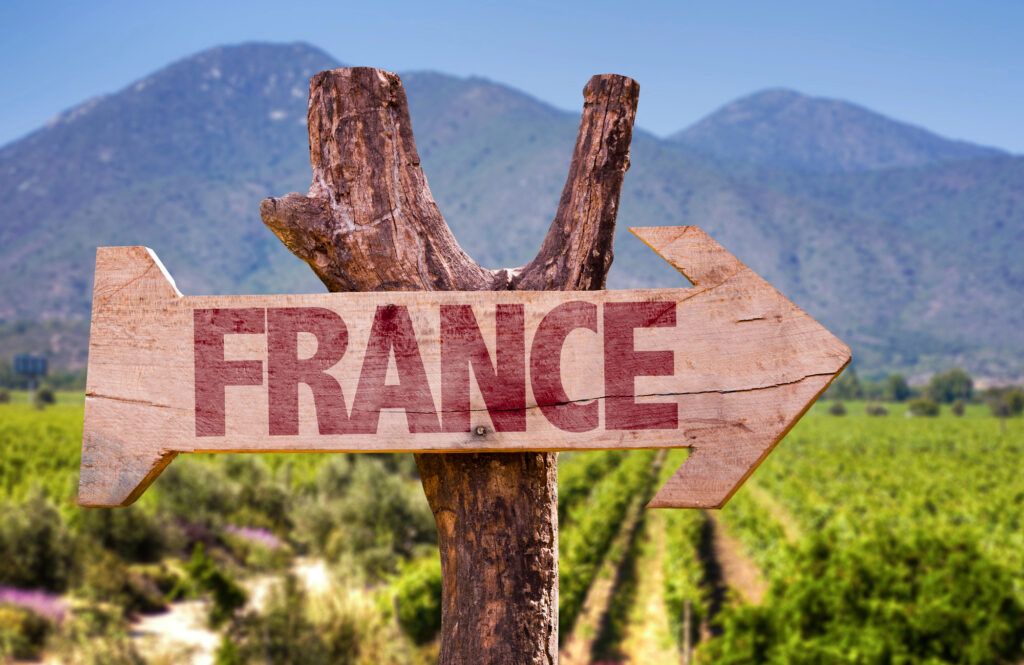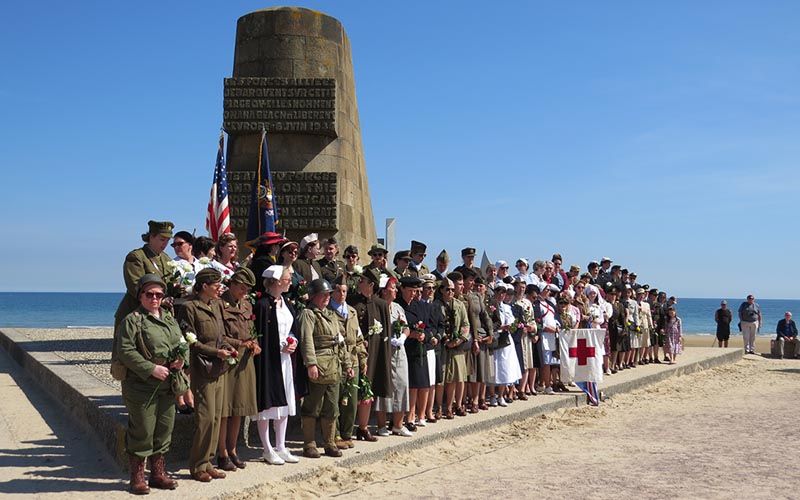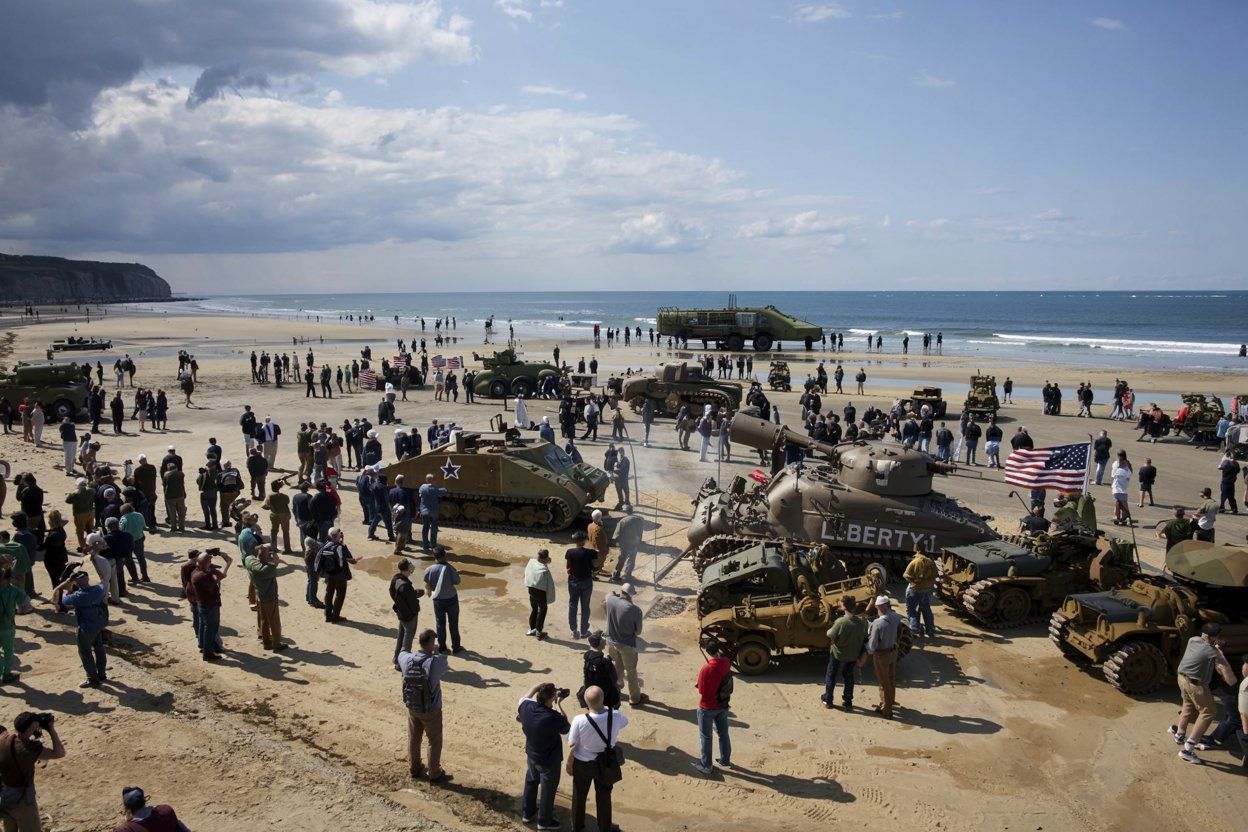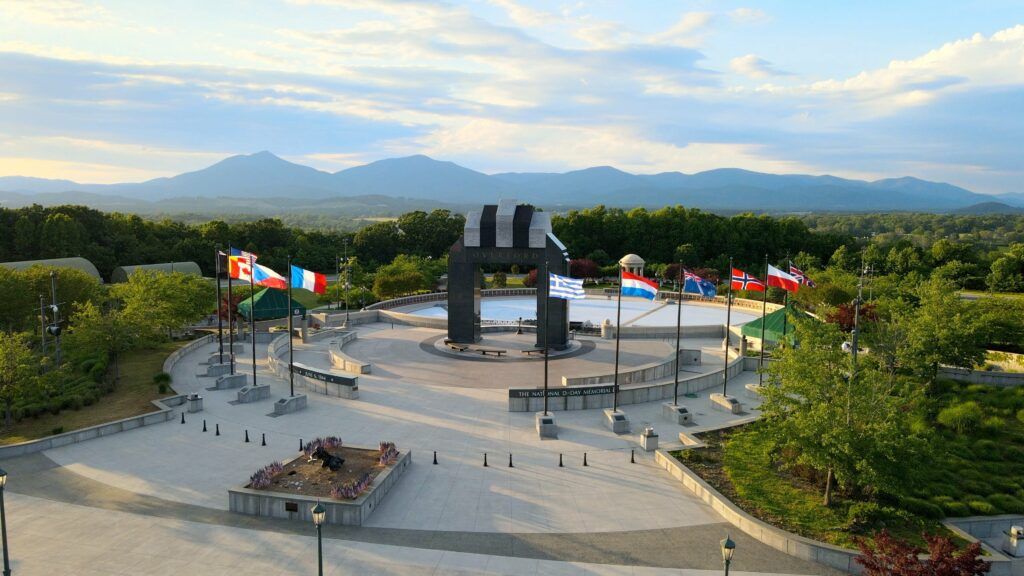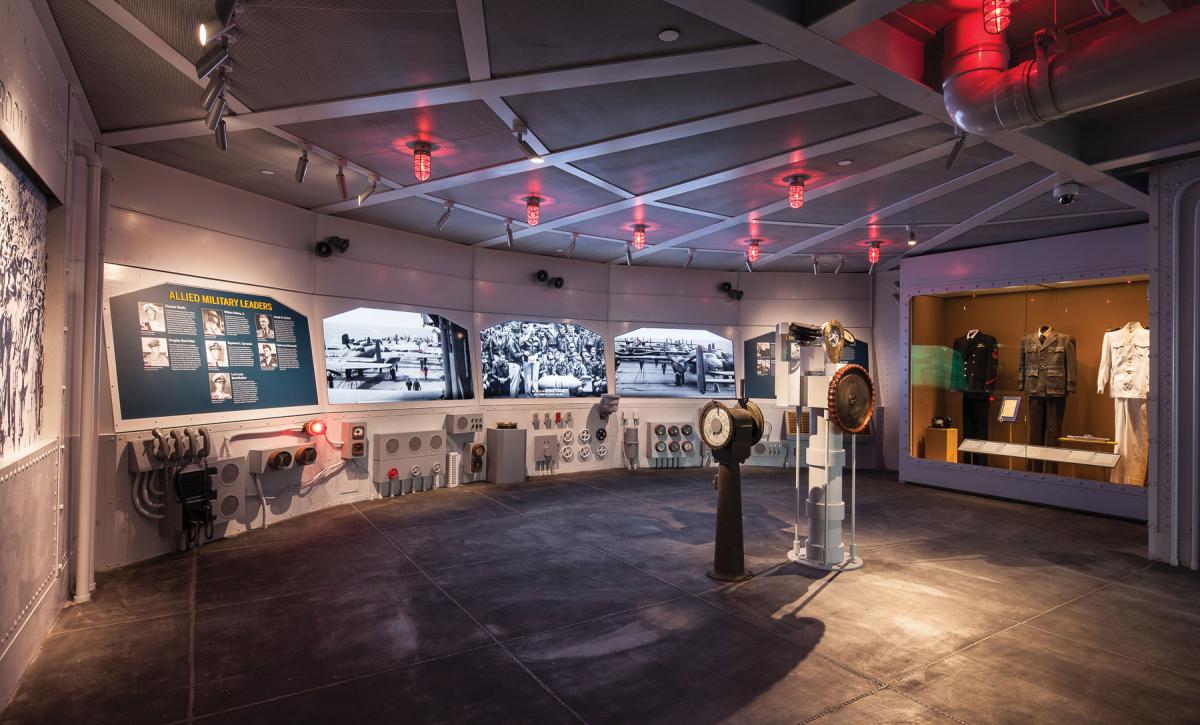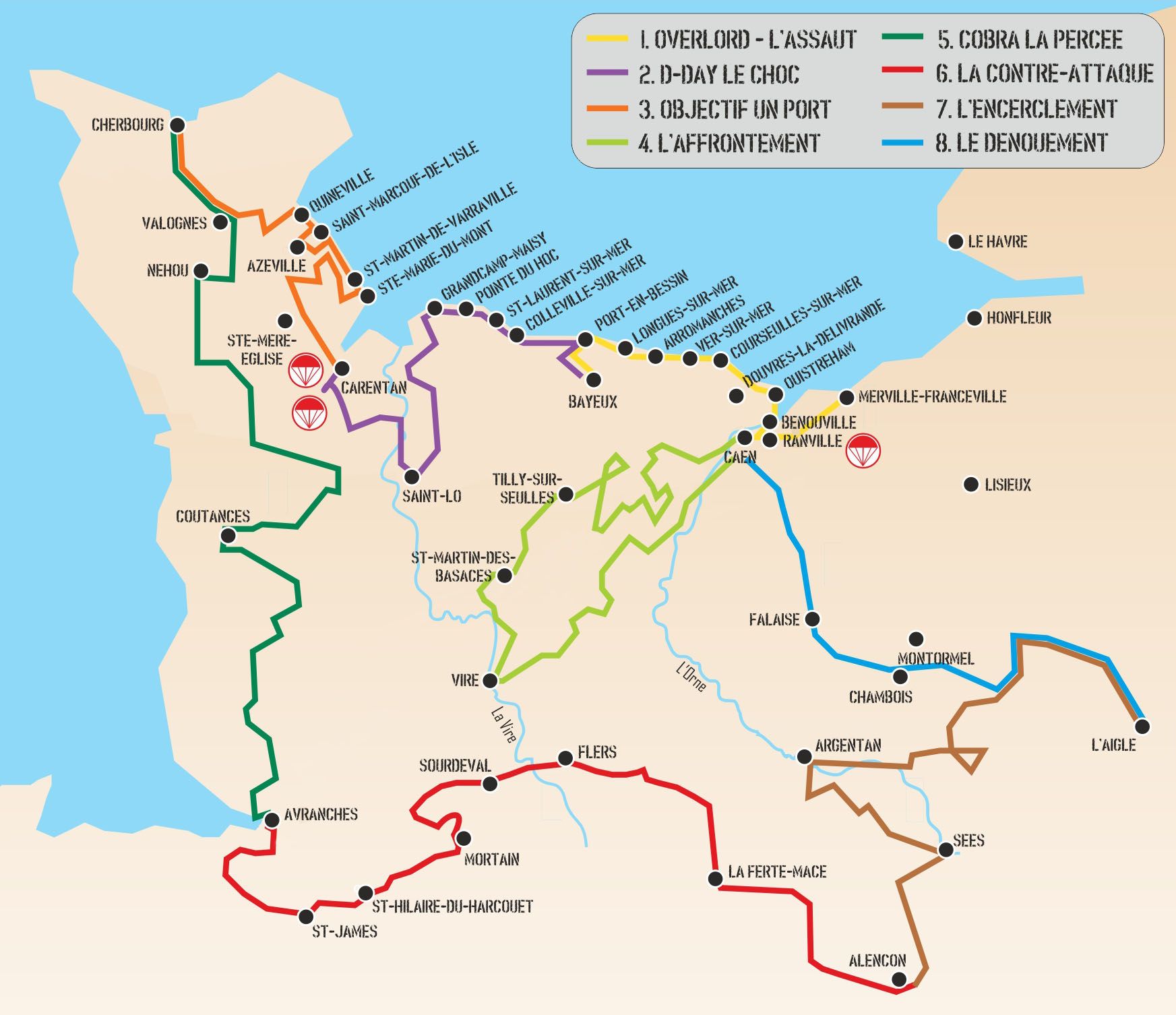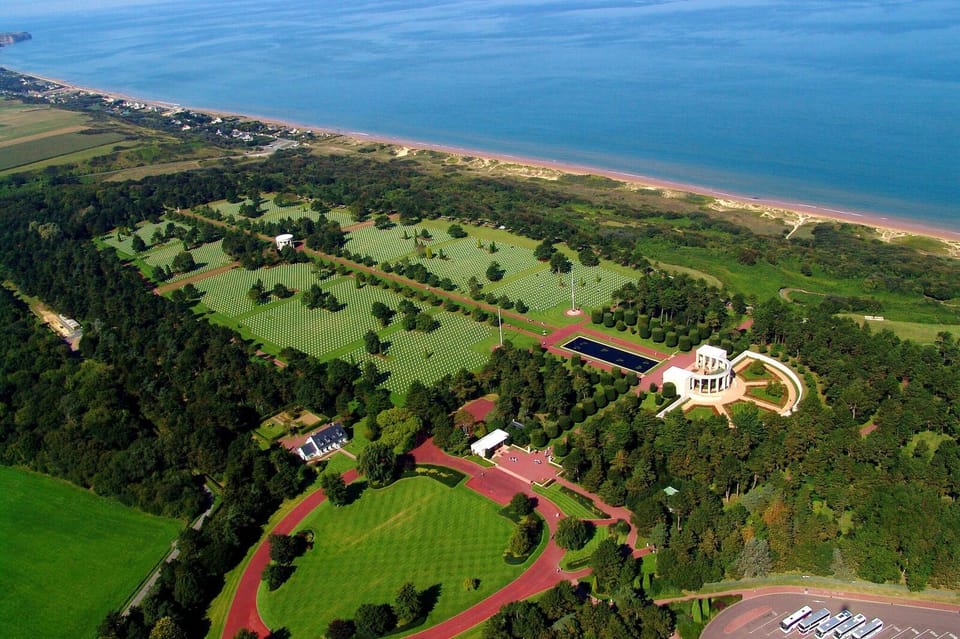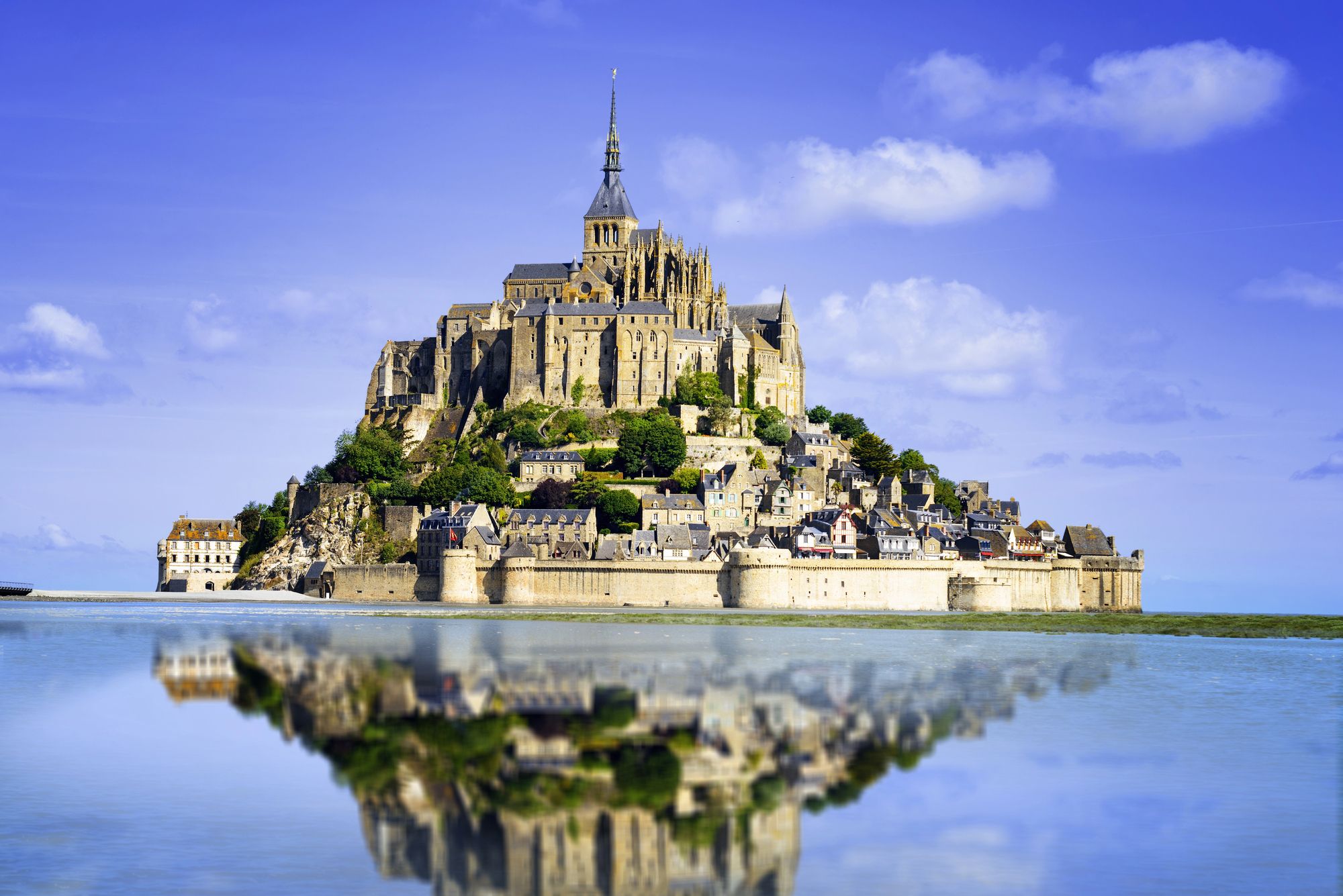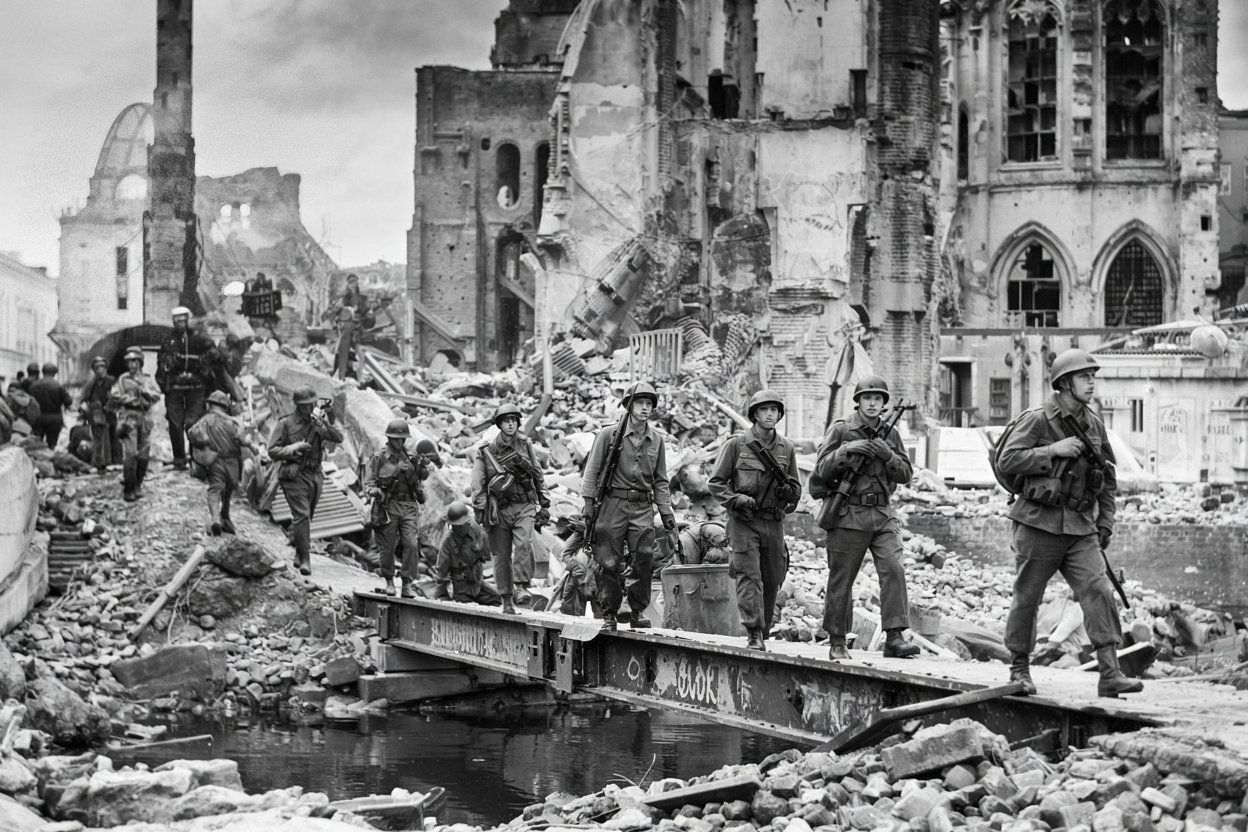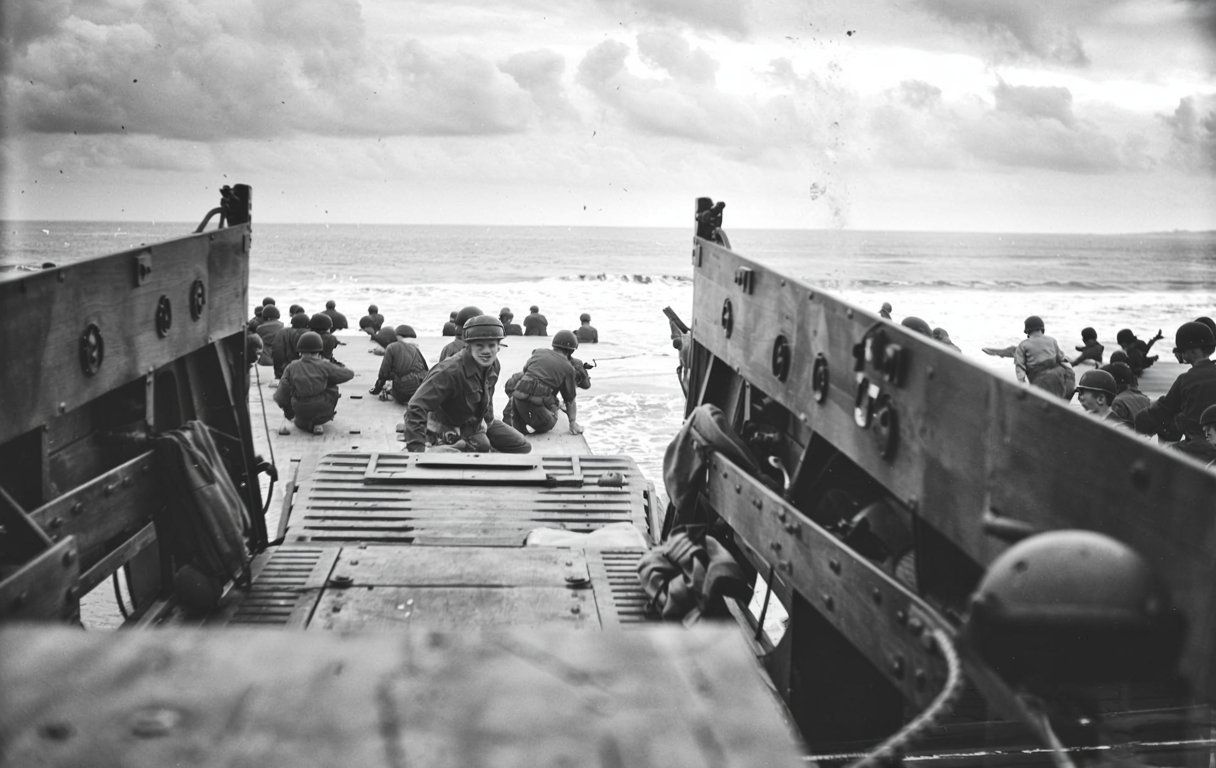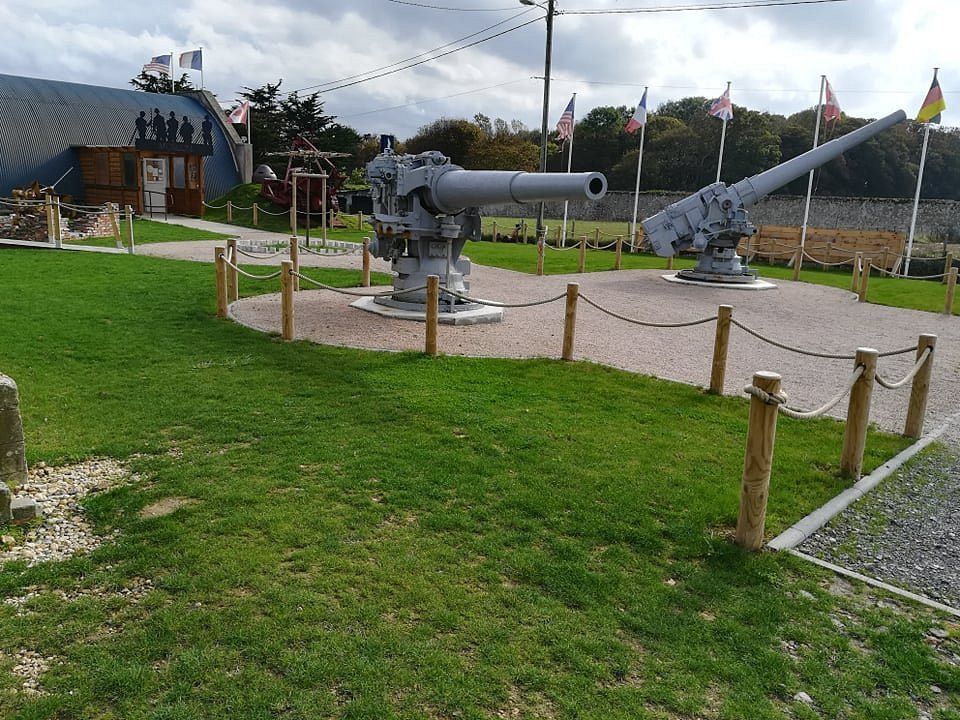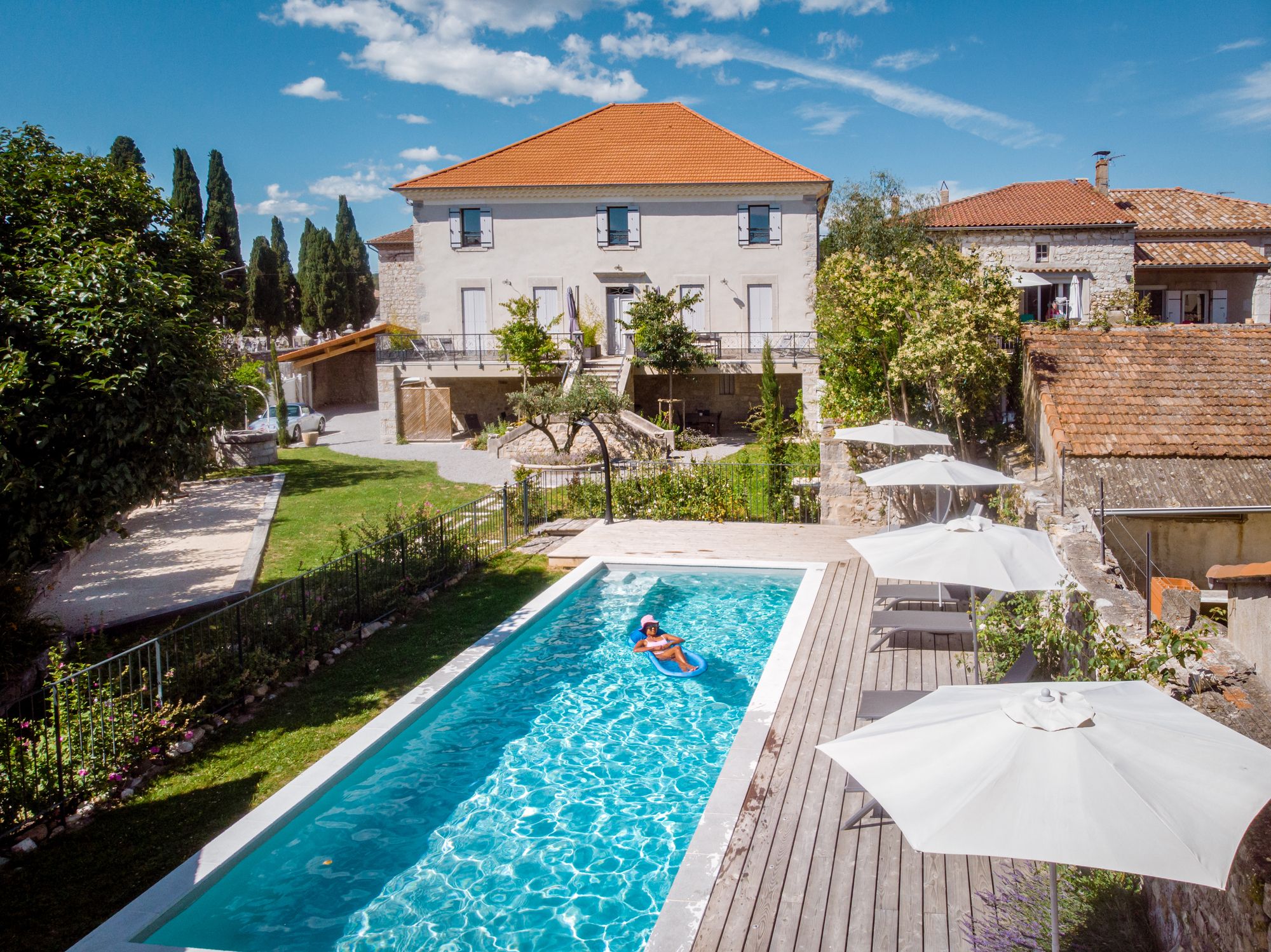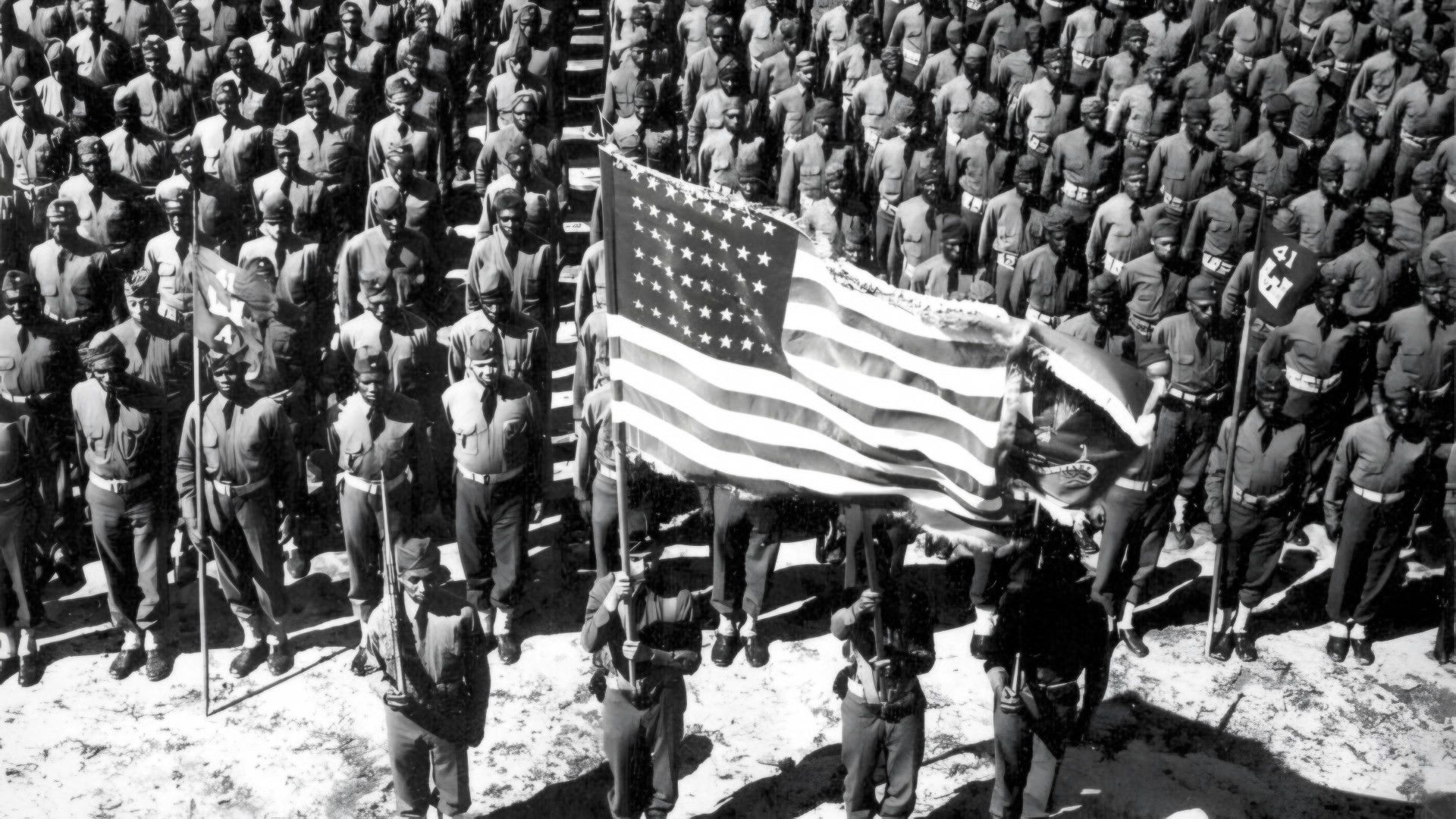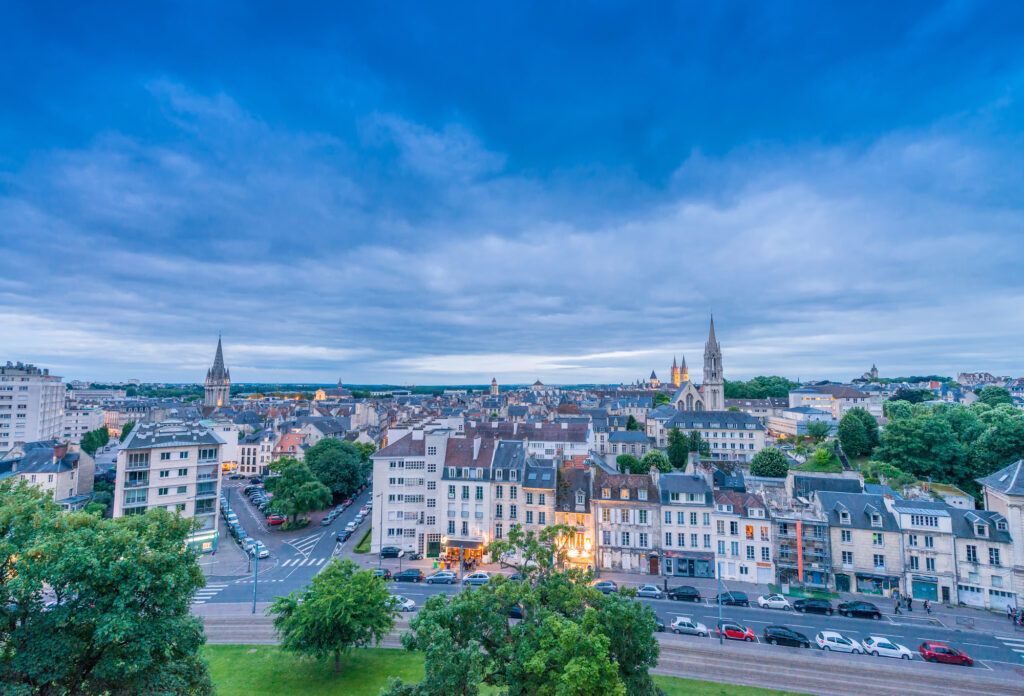Normandy’s got this rare blend of history, culture, and natural beauty that’s honestly hard to find elsewhere. In just one week, you can bounce from medieval landmarks to lively festivals, coastal walks, and those quirky local traditions that make early autumn here feel so… well, Normandy.
As you sketch out your plans, you’ll find yourself drifting between legendary sites and those quieter corners that really show off the region’s personality. This week? You’ll get chances to dig into Normandy’s history, sample its food and drink, and join in on cultural gatherings the locals actually look forward to.
1) Visit Mont-Saint-Michel at sunrise
Arriving at Mont-Saint-Michel before dawn is a whole different experience. There’s this hush as you cross the causeway, and the shifting light over the bay just makes everything feel a bit surreal.
Watching the sun creep up behind the tidal flats, you get a silhouette of the island that’s honestly hard to capture in words. If you’re aiming for the best view, try to show up at least half an hour before sunrise—trust me, the light changes fast.
The abbey itself doesn’t open until later, but you can still wander the village streets. Without the usual crowds, you’ll spot little details everyone else misses. Tides move quickly here, and sunrise often lines up with low tide, so check the tide schedule before you set out. The Mont-Saint-Michel visitor site has all the practical info you’ll need.
If you want a different view, step off the main path and head to the bridge’s viewing platforms. The angle with the morning light behind the island is one locals always suggest—cityxee.com swears by it.
2) Explore the D-Day Landing Beaches
Walking the sands where Allied troops landed on June 6, 1944, is humbling. The five sectors—Utah, Omaha, Gold, Juno, and Sword—each have their own story. Seeing them in person gives you a real sense of just how massive the operation was.
At Omaha Beach, those steep cliffs really put the challenge into perspective. Nearby cemeteries and memorials offer space to pause and reflect. Utah Beach features a museum right on the shore, with exhibits that walk you through the landing from start to finish.
If you want a bigger picture, this D-Day guide covers all the key stops. Pointe du Hoc’s preserved bunkers and bomb craters show just how fierce the fighting was.
Trying to see all the beaches in a single day? It’s tough. The sites are pretty spread out, and public transport isn’t great, so renting a car is your best bet for flexibility.
Locals still fish, stroll, and hang out along these beaches. That blend of everyday life and history adds a layer you might not expect.
3) Tour the medieval Château de Caen
Step inside the Château de Caen and you’re right in the middle of William the Conqueror’s old stomping grounds. Built in the 11th century, it was once the power seat for the Dukes of Normandy, and it’s huge—one of Europe’s biggest medieval castles.
Walking the ramparts, you get sweeping views of Caen’s city center. Inside, you’ll find remains of the original keep, a Romanesque church, and defensive walls that show how the place changed over time. The grounds are open to wander for free, so you can pop in for a quick look or linger as long as you like.
Two museums operate within the walls: the Museum of Normandy and the Museum of Fine Arts. They cover everything from archaeology and regional history to European art. Guided tours are available if you want more backstory, from the Middle Ages right up to World War II.
Some sections are still in ruins, so expect uneven paths and basic facilities in spots. Still, there’s something about the place that makes Caen’s layered past feel real. For details and more photos, check out this Château de Caen guide.
4) Attend the Caen September Music Festival
Caen’s September Music Festival is a lively end to the summer. Local and regional musicians perform in open-air spaces and cozy indoor venues, focusing more on community vibes than big-name acts.
You’ll hear everything from traditional Normandy folk to up-and-coming bands. This variety means you can sample new sounds without locking into a long concert. Most performances happen in city squares, so it’s easy to drift in and out as you explore.
The festival is also a chance to dive into local culture. Food stalls and pop-up markets usually appear near the music, so you can snack on regional treats while you listen. There’s a social, welcoming feel to it all.
If you’re after something quieter, some concerts are held in old buildings with great acoustics. Schedules can shift with weather or venue changes, so it’s smart to check listings ahead of time on Normandy Tourism.
5) Stroll through Honfleur’s Old Harbor
Take a walk around the Vieux Bassin, Honfleur’s old harbor, and you’ll see why artists have flocked here for centuries. Those tall, narrow houses reflecting in the water? Kind of iconic.
As you wander the quays, you’ll spot plenty of cafés and restaurants with great views. Heads up—prices are higher by the water, so ducking into a side street can lead to quieter, more affordable spots.
Fishing boats still dock here, though tourism has mostly taken over. The old warehouses and the Lieutenancy building hint at Honfleur’s maritime past.
If you love art, you’ll recognize the scenery from works by Eugène Boudin and Claude Monet. Today, galleries and studios keep that creative tradition alive.
For more ideas around town, check guides like the best things to do in Honfleur or practical tips from Normandie Lovers.
6) Taste cider in Pays d’Auge
Follow the Cider Route—a 40 km loop through Pays d’Auge, just east of Caen—and you’ll hit more than 20 cider farms. These family-run places have been making apple cider and Calvados for generations. Villages like Beuvron-en-Auge and Cambremer give you a real feel for rural Normandy.
Many farms along the Normandy Cider Route welcome visitors for tastings. You can try cider, pommeau, and Calvados, and often get a quick rundown of how they’re made. Some producers still use traditional presses, which is neat to see.
Driving the route only takes half a day, though cycling works if you want to slow down. The roads wind a lot, so leave extra time for stops. Parking’s usually easy in the villages.
Opening hours can be unpredictable, especially outside peak season, so it’s wise to check or call ahead. Tastings here are informal, usually led by the producer, so you get a genuine look at local life—no fancy scripts.
7) Discover the Bayeux Tapestry Museum
At the Bayeux Tapestry Museum, you’ll find one of Europe’s most famous medieval treasures. The nearly 70-meter-long tapestry tells the story of the Norman Conquest of England in 1066, all in detailed embroidery. It’s a rare window into events that shaped both France and England.
The tapestry sits in a dimly lit gallery to protect it, and you get an audio guide that walks you through each scene. Even if you’re not a medieval history buff, the story’s easy to follow.
Other rooms explain how the tapestry was made and how it survived so long. There’s more context here than most people expect, and it’s worth a look.
Most people spend about an hour, but you could linger if you’re into the details. The museum does get crowded in high season, so early mornings are best. It’s right in Bayeux’s center, near the cathedral—more ideas in this Bayeux guide.
8) Hike the Suisse Normande trails
The Suisse Normande is a hiker’s dream, with over 600 km of marked trails. Loops range from 6 km to 17 km, so whether you’re after a short stroll or a big day out, you’ll find something. Local tourist offices have maps and route sheets.
This area’s all hills, river valleys, and steep cliffs—nothing like the flat farmland you see elsewhere in Normandy. The climbs can be tough, but the views are honestly worth it. That’s why they call it “Norman Switzerland.”
For a real challenge, check out the GR Tour de la Suisse Normande. This 113 km loop covers Calvados and Orne and links all the best viewpoints. It even won France’s favorite GR trail in 2023.
Guided walks are available through the Suisse Normande Tourist Office if you want local insights without worrying about getting lost. If you’d rather go solo, apps like AllTrails have user reviews and GPS tracks.
9) Experience the Deauville International Film Festival
Spend a day in Deauville and you can catch the American Film Festival, which has been running every September since 1975. It features everything from big Hollywood premieres to indie gems, so there’s a lot to see. Screenings pop up all over town, from the Centre International de Deauville to local cinemas.
The festival’s schedule is wild—films run round the clock for ten days. If you’re juggling other plans, you can still catch a late-night or early-morning screening.
The town buzzes during the festival. Expect crowds, maybe a celebrity sighting, and higher prices for rooms. Booking ahead is a must if you want to avoid surprises.
For program details, check the official festival site. If you’re curious about what else to do in Deauville, Normandie Tourism’s festival overview is a good place to start.
10) Visit the Abbey of Saint-Étienne
Right in the center of Caen, you’ll stumble across the Abbey of Saint-Étienne. William the Conqueror kicked off its construction back in 1063, and you can still find his tomb inside the church. It’s honestly one of Normandy’s standout Romanesque landmarks—kind of hard to miss.
The abbey’s got this mix of sturdy Romanesque bones and later Gothic touches. The nave stretches tall and clean, so you really get a sense of medieval ambition. Twin spires, added in the 13th century, shoot up above the city and make handy reference points if you’re wandering around.
Step inside and you’ll notice how pared-back the place feels compared to the fancier French cathedrals that came later. The stonework’s got a solid, no-nonsense vibe—classic Norman understatement. It’s a different world from those ornate Gothic churches elsewhere in France.
The abbey also has a deeper story tied to World War II. When much of Caen was flattened in 1944, the abbey held strong and even gave shelter to civilians during the chaos. That survival gives the place a kind of quiet gravity—hard not to feel it as you walk around.
On the practical side, entry won’t cost you anything, and you can walk there from Caen Castle in just a few minutes. If you’re the research type, check out Abbey of Saint-Étienne in Caen for more background before you go.
Travel Tips for Visiting Normandy in Early Autumn
Early autumn in Normandy means cooler evenings, lighter crowds, and the arrival of apples and cider everywhere you look. The weather’s unpredictable, so you’ll want to plan for that, and getting around the countryside takes a bit of forethought. Sites can get busy, but you can still manage a smooth trip with a little planning.
What to Pack for September Weather
Normandy’s weather in early autumn can flip from sunny to chilly and damp without much warning. Most days hover between 13–18°C (55–65°F), and rain’s pretty common. Bring layers so you can adjust as you go.
A waterproof jacket, a light sweater, and comfortable shoes are must-haves—think cobblestones one minute, muddy country paths the next. An umbrella’s nice, but on windy coastal days, a hooded raincoat’s just smarter.
If you’re heading to the D-Day beaches or those dramatic cliffs, go for shoes with solid grip. Evenings in small villages or restaurants call for tidy, casual clothes. Normandy isn’t exactly formal, but locals do notice if you look put-together.
Local Transportation Options
Getting around Normandy can be tricky outside the bigger towns. Renting a car usually makes life easier. Roads are in good shape, and traffic’s calmer than Paris, though some country lanes are pretty narrow. Parking’s usually available near the main sights, but you might have to pay.
Trains connect cities like Caen, Rouen, and Bayeux, and regional buses hit smaller towns—just don’t expect frequent service, especially on weekends. Double-check schedules so you’re not stuck waiting around.
Cycling works in flatter areas, especially if you stick to the coast or countryside. But honestly, the weather and bumpy terrain can make it a challenge. For short hops within towns, walking’s often the simplest way to get around.
Navigating Popular Attractions
Big names like Mont-Saint-Michel and the D-Day beaches still pull in crowds, even in autumn. Get there early if you want to beat the lines—Mont-Saint-Michel, in particular, can eat up time with parking and shuttles.
Museums and memorials sometimes cut their hours in the off-season, so check ahead. Booking tickets online, when you can, saves time and guarantees you’ll get in.
If you’d rather skip the crowds, look for smaller local museums, village markets, or regional cider houses. These quieter spots still give you a real taste of Normandy’s culture and history.
Cultural Insights and Local Events
Normandy’s got its own rhythm, and you’ll feel it in the seasonal festivals and the food traditions. History, farming, and community all blend together in daily life here.
Seasonal Festivals in Late September
By late September, the summer tourist wave has faded, but local events keep rolling. Towns throw harvest festivals to celebrate apples, cider, and calvados. You’ll find tastings, small markets, and the kind of music that gets toes tapping.
In places like Caen and Bayeux, fall fairs pop up with locals selling crafts, cheese, and baked treats. These aren’t huge events, but that’s part of the charm—you get to mingle with residents and actually see what life’s like. The lighter crowds mean you can wander at your own pace.
Some coastal towns host maritime heritage days too. You’ll spot restored fishing boats and meet the folks who know the sea best. It’s a nice reminder of how much the region’s tied to the water and its fishing roots. Check out Normandy Tourism’s event guide for the latest dates and locations—things can shift year to year.
Normandy Cuisine to Try This Week
Normandy’s food scene really leans into its farmland and coastline. Apples are everywhere right now, so go for fresh cider or those rustic apple tarts—locals use their own apple varieties, and you can taste the difference. Calvados, the local apple brandy, usually comes in tiny glasses after a meal—don’t expect a big pour, but it’s worth a sip.
Seafood? Absolutely. Oysters from the Cotentin Peninsula are at their best this time of year, and you’ll spot them at markets, sometimes straight from the folks who farmed them. Mussels are all over menus in late September, often swimming in cream or cider sauce. Hard to resist, honestly.
Dairy makes a strong showing too. Head to a village market and try Camembert, Pont-l’Évêque, or Livarot—these cheeses pack a punch and just work with cider. If you’re after something a little less intense, order a crêpe with salted butter caramel. It’s a local favorite, and yeah, it’s as good as it sounds.
Curious about more food and drink options? This list of things to do in Normandy mixes culinary stops with cultural highlights. Worth a look if you’re planning your week.

